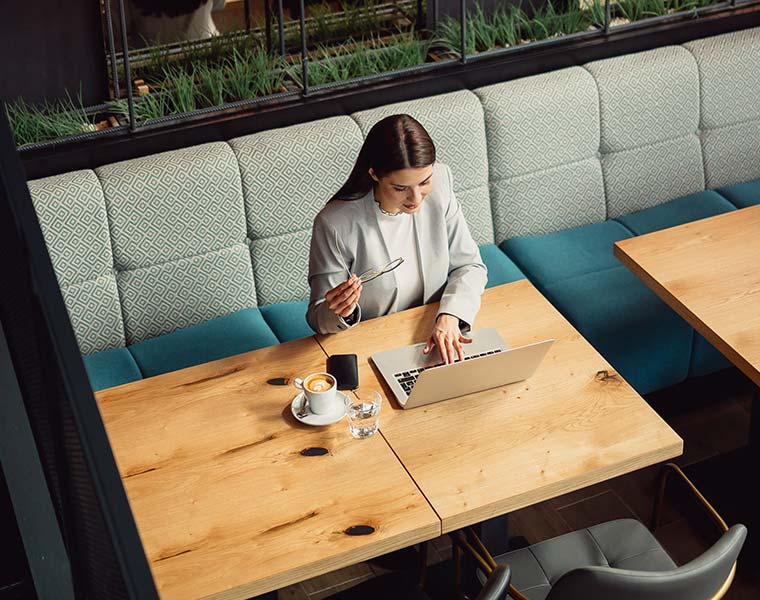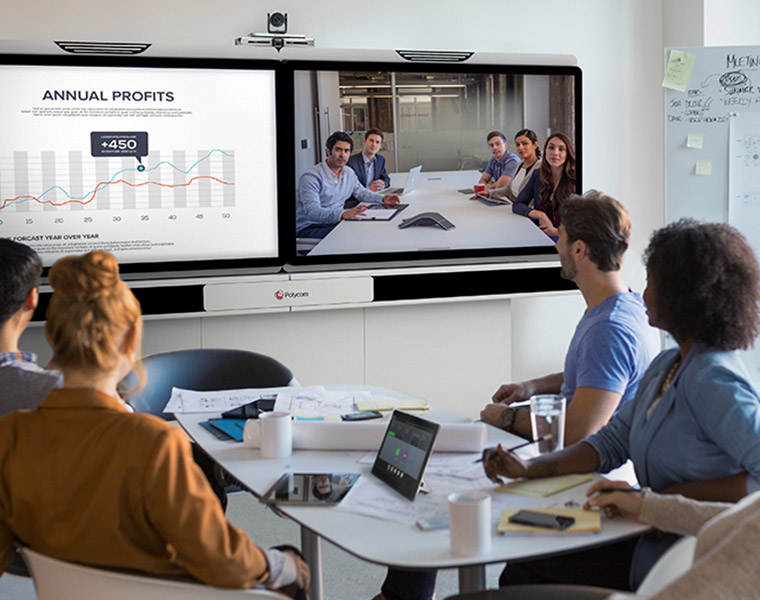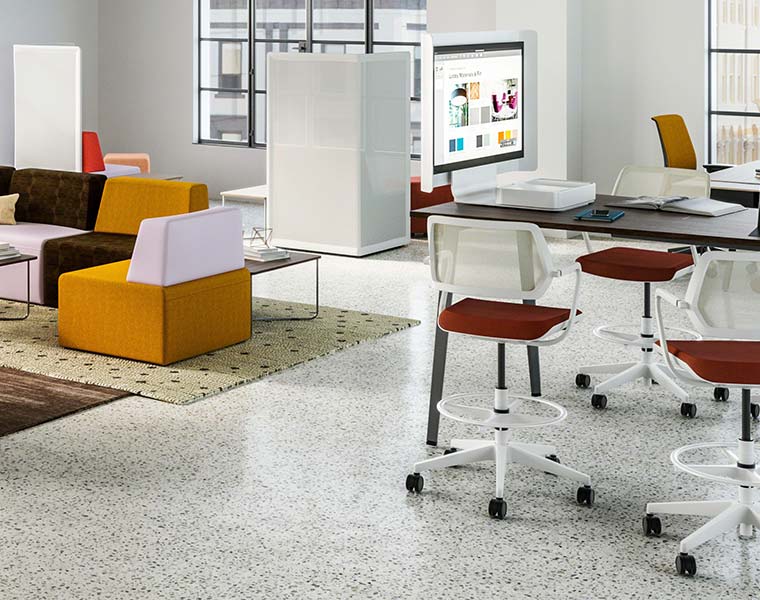As we discussed in our last post with tips for those working from home during the COVID-19 UK lockdown, many workers around the country are now based away from the office or shared workspace. However, it’s not just a global pandemic which is catalysing the ongoing shift towards more agile and remote working. The times are changing – Coronavirus has just sped the process up.
The advantages of flexible working are manifold but naturally, as new forms of teamwork, new behaviours and new ways of working evolve, problems are going to arise. It’s all part and parcel of the teething process. One of these issues is, of course, The Privacy Crisis and another – on the opposite end of the spectrum – is what has been dubbed the problem of ‘presence disparity‘.

What does presence disparity mean?
Presence disparity describes when somebody’s version of the present is different to that of somebody else or that of a group of people who aren’t sharing the same present moment. In terms of the working environment, this refers to an employee who is experience a different version of a meeting, phone call or breakout session (etc.) to that of other participants.
This presence disparity happens in the modern workplace when remote employees are trying to collaborate, communicate and stay connected despite being physically scattered. This is what we will refer to in this article – and what Steelcase refer to – as the distributed workforce.

Symptoms of presence disparity:
In this age of nomadic working, most of us will have experienced presence disparity at one point or another, whether you realise it or not. You will have fallen victim to it if you can recognise any of the following feelings (just to name the most common):
- Other people in the meeting or collaboration session have forgotten you’re on the other side of the phone or screen
- You can’t see something that is happening on the other side of the screen or phone (e.g. a write-on wall out of shot)
- You feel that meeting began before you were there or carried on when you had hung up
- You were called into the meeting part way through or as a last minute addition
- You don’t have access to the right resources or technology in order to participate effectively
- Information has been misconstrued due to poor attention, poor connection or a lack of physical signals (body language)
Reconnecting the distributed workforce
So, what can we do about ridding the working world of these types of collateral damage as teamwork practices continue to evolve?

The wonders of video conferencing
We recently spoke about how invaluable video conferencing has become as a connective tool in response to the social distancing guidelines related to Coronavirus. However, video conference technology is a must for businesses of all shapes and sizes even without the threat of a global pandemic. A Fusebox survey revealed that 80% of the messages people receive come from body language and VC helps forge this illusion of physical connectivity, eye contact and a shared presence.
Read more about the benefits of video conferencing.
The placement of technology within the workspace
When using things like video conferencing, it’s vital that you are strategic about the placement of screens, microphones and other elements in the room if you are going to eliminate the gap posed by presence disparity successfully. It’s essential that all participants – no matter who they are or where they are – can see, hear and participate equally and you’ll need to keep this in mind when configuring the space.
This also includes placement of things like whiteboards, write-on walls, flip charts and analogue collaboration such as sticky notes.

Facilitate multi-user content interaction
Another great way to fend of presence disparity and help all participants feel included and able to interact is multi-device content-sharing technology. A popular solution with our customers is ClickShare (pictured above), which enables multiple devices to content to a screen at any one time. If you are, however, dealing with a geographically distributed workforce, cloud file storage means you can also work on documents in real-time together from different locations through computers or SMART boards like the Google Jamboard.
Good lighting and a good internet connection
A vast 72% of people admit to noticing their appearance on video which, for many, then becomes a detrimental distraction leading to feelings of presence disparity; 58% of employees also feel that they look tired or washed out on video. Good indoor lighting and plenty of natural light will not only aid visibility, it will also help people to feel that they look their best so that they can relax and concentrate. A good internet connection also goes without saying so that communication is seamless and not disjointed.
Read more about the benefits of natural light in office design.

Consider more relaxed office design elements
When using tools such as video conferencing and video calls, people can often feel that they need to sit up straight, look totally engaged and then become distracted by the need to appear sufficiently formal. Designing a work setting which diverts away from traditional and instead, adopts some more domestic, relaxed elements is a great way to make participants feel more relaxed and therefore willing to interact.
Read more about resimercial office design.
Invest in some good office acoustic solutions
As you will likely know all to well, noise and visual distraction are the devil when it comes to maintaining concentration levels. Being unable to hear what is happening on the other side of a screen or phone call is a one-way ticket to symptoms of presence disparity – easily cured by the implementation of some good quality office acoustics. Whether it’s a free-standing acoustic wall, acoustic wall tiles or some office furniture with sound-absorbing credentials, our experts recommend considering these as a strong contender if you’re looking to damage control employee disparity.

Read more about the ABCs of office acoustics.



